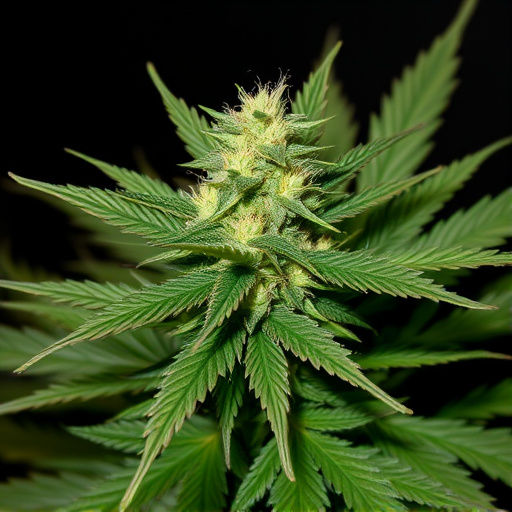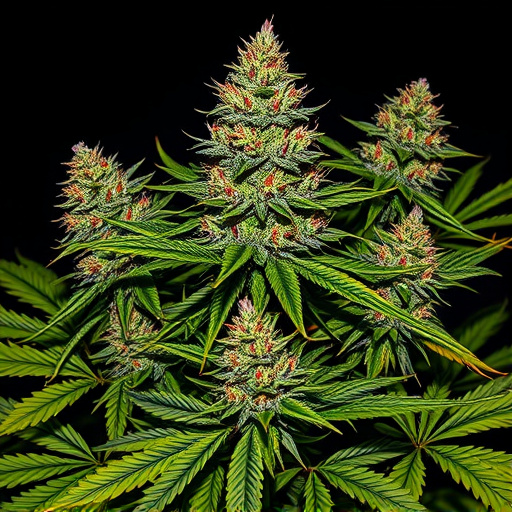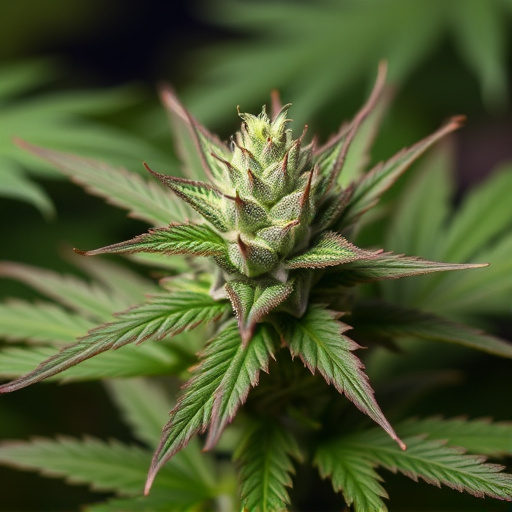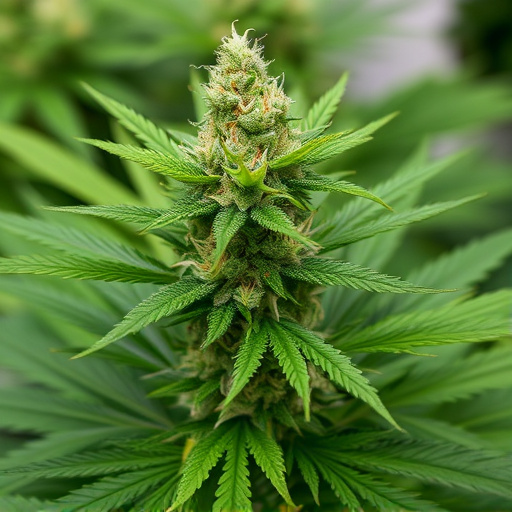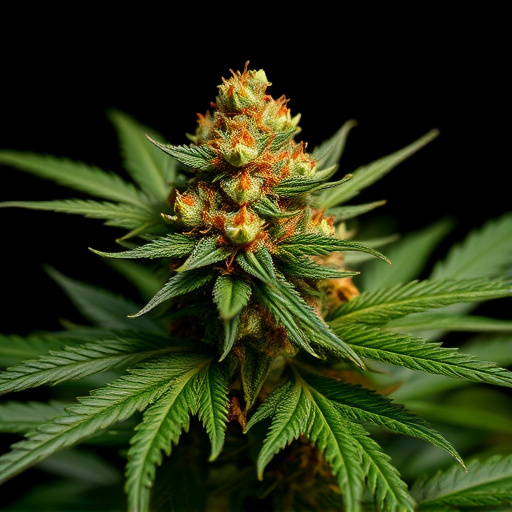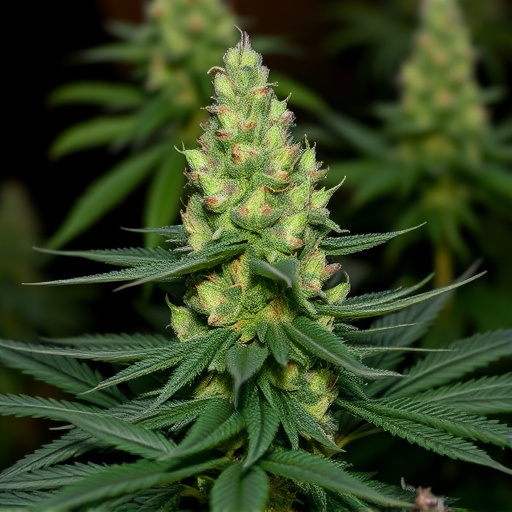Cannabis chemistry revolves around terpenes and cannabinoids, which determine the plant's properties and potency. Terpenes contribute to flavor, aroma, and effects, enhancing or altering cannabinoid experiences. Cultivators craft strains with specific terpene and cannabinoid profiles to cater to diverse preferences. Diet significantly impacts cannabis processing, absorption, and growth, affecting potency. Understanding terpene profiles in Cannabis Cup strains reveals their unique effects: Indica varieties induce relaxation, while Sativa breeds offer energy and creativity. Informed dietary choices can optimize cannabis experiences.
“Wondering if your diet can enhance the effects of marijuana? Explore the intriguing connection between food and weed potency. This article delves into the science behind it, focusing on cannabis chemistry and the roles of terpenes and cannabinoids. We examine how specific dietary choices might impact your high, especially when considering popular Cannabis Cup strains known for their unique characteristics. Get ready to uncover surprising insights that could revolutionize your understanding of marijuana’s power.”
- Cannabis Chemistry: Understanding the Role of Terpenes and Cannabinoids
- Diet's Impact on Cannabis Potency: The Science Behind It
- Popular Cannabis Cup Strains and Their Distinctive Characteristics
Cannabis Chemistry: Understanding the Role of Terpenes and Cannabinoids
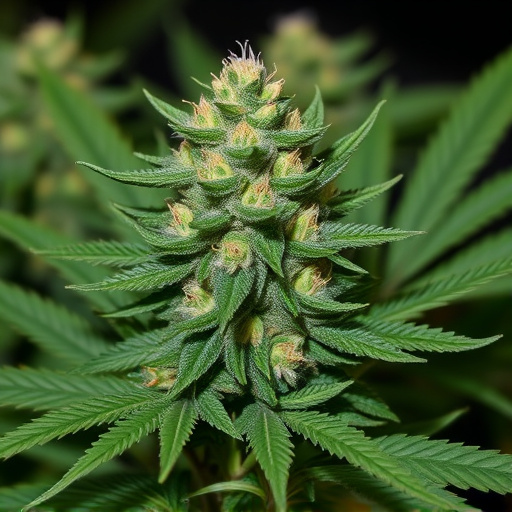
Cannabis chemistry is a complex world where the power of specific compounds—terpenes and cannabinoids—plays a pivotal role in shaping the plant’s unique properties, including its potency. Terpenes are aromatic compounds naturally present in cannabis, contributing to the diverse flavors and aromas we associate with different strains. Research suggests that certain terpenes can influence the effects of cannabinoids, such as THC and CBD, enhancing or altering their interaction with our bodies. For instance, myrcene, a common terpene found in many cannabis cup strains, is known for its sedative properties and may increase the calming effects of THC.
Understanding these chemical interactions is crucial when considering the potential impact on the overall strength of cannabis. Different terpenes and cannabinoid profiles can create variations in the plant’s effect, leading to experiences that range from invigorating and energetic to relaxing and sedating. As such, cultivators meticulously craft their strains by focusing on specific terpene and cannabinoid combinations to cater to diverse consumer preferences and desired effects.
Diet's Impact on Cannabis Potency: The Science Behind It
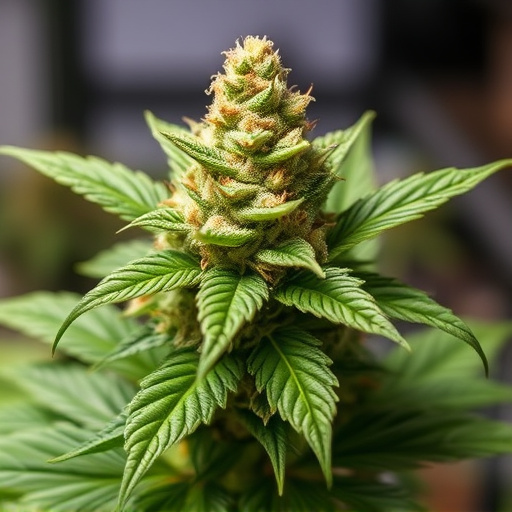
The relationship between diet and the potency of cannabis is a fascinating subject that has gained increasing attention in recent years, especially as the legal status of marijuana continues to evolve worldwide. While the primary focus when considering cannabis often revolves around strains known for their unique profiles at cannabis cup competitions, the role of nutrition cannot be overlooked. Scientific studies have explored how certain dietary factors can influence the effects and potency of cannabis consumption.
Nutrition plays a significant role in how our bodies process and absorb cannabinoids, such as THC and CBD. The science suggests that specific vitamins, minerals, and other nutrients can enhance or even modify the experience of using cannabis. For instance, fat-soluble vitamins like vitamin E and K may facilitate the absorption of THC, potentially increasing its psychoactive effects. Additionally, certain dietary choices could impact the overall potency by affecting the plant’s growth and chemical composition during cultivation. Therefore, understanding these connections between diet and cannabis potency can provide users with insights to optimize their experiences and make informed decisions regarding their consumption methods and companion foods.
Popular Cannabis Cup Strains and Their Distinctive Characteristics
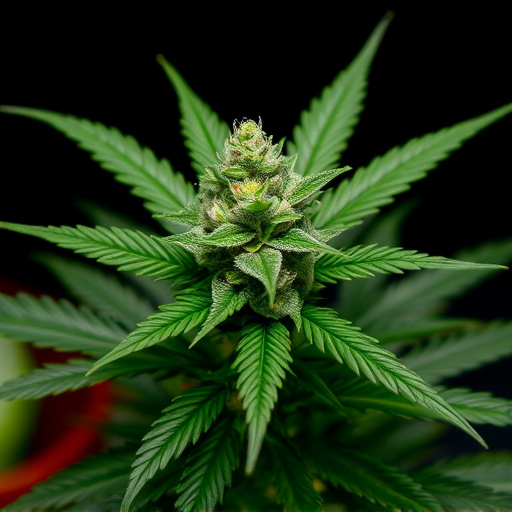
When it comes to understanding how different foods can enhance the effects of cannabis, one place to start is by exploring popular Cannabis Cup strains and their distinctive characteristics. These highly coveted strains are often cultivated with specific terpene profiles in mind, which not only contribute to unique flavor experiences but also play a key role in modulating the plant’s psychoactivity. For example, Indica strains like Blue Dream or Granddaddy Purple are renowned for their relaxing and sedative properties due to high levels of myrcene, a terpene known for its calming effects.
On the other hand, Sativa varieties such as OG Kush or Super Silver Haze offer more energizing and uplifting experiences thanks to elevated amounts of limonene and terpinolene. These terpenes are linked to enhanced focus and creativity. The diverse range of cannabis cup winners showcases how carefully crafted terpene profiles can shape the overall experience of consuming different strains, making it an essential factor to consider for those aiming to maximize their cannabis enjoyment or explore specific effects.
While the chemistry of cannabis is complex, and various factors influence its potency, there’s little scientific evidence to suggest that specific foods directly make weed stronger. When considering the best cannabis experiences, focusing on high-quality strains from renowned cannabis cup competitions can offer a more reliable way to discover potent and unique profiles. Understanding the intricate balance of terpenes and cannabinoids within these strains is key to unlocking diverse effects and flavors.

